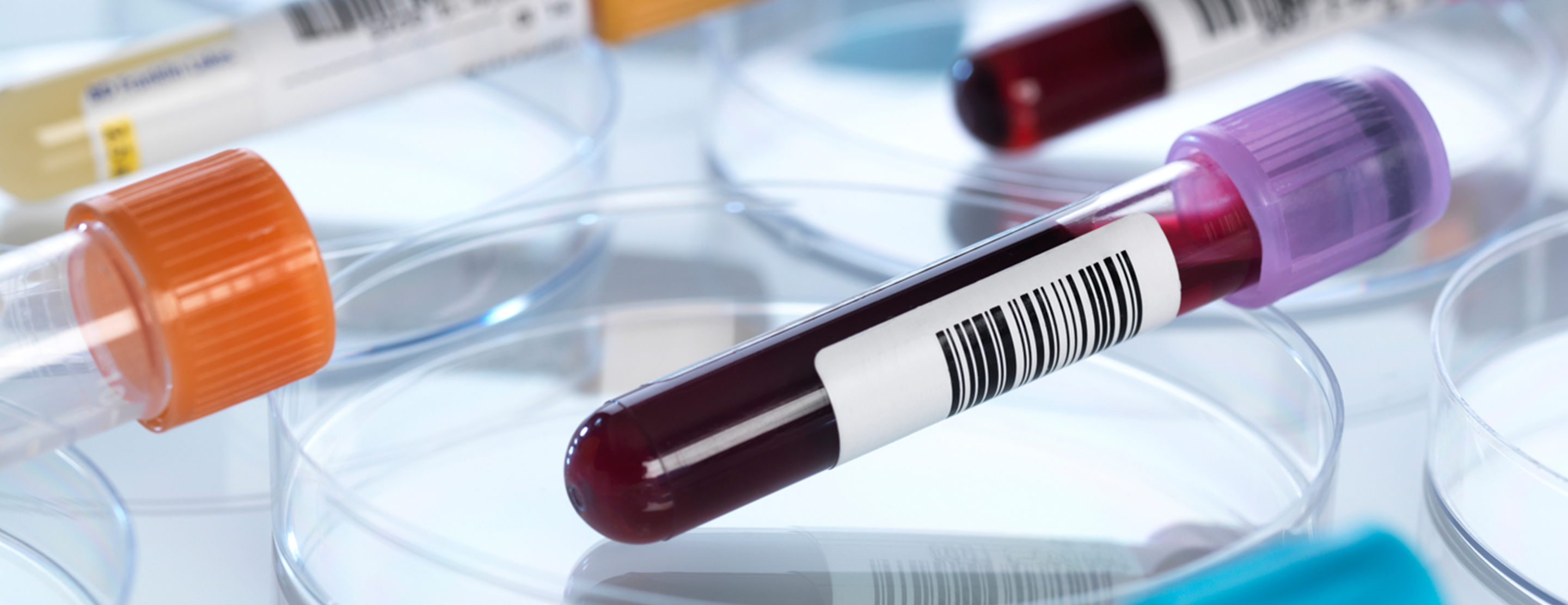
Ceruloplasmin blood test
Definition
The ceruloplasmin test measures the level of the copper-containing protein ceruloplasmin in the blood.
Alternative Names
CP - serum; Copper - ceruloplasmin
How the Test is Performed
A
How to Prepare for the Test
No special preparation is needed.
How the Test will Feel
When the needle is inserted to draw blood, some people feel moderate pain. Others feel only a prick or stinging. Afterward, there may be some throbbing or a slight bruise. This soon goes away.
Why the Test is Performed
Ceruloplasmin is made in the liver. Ceruloplasmin stores and transports copper in the blood to parts of the body that need it.
Your health care provider may order this test if you have signs or symptoms of a copper
Normal Results
The normal range for adults is 14 to 40 mg/dL (0.93 to 2.65 µmol/L).
Normal value ranges may vary slightly among different laboratories. Some labs use different measurements or may test different samples. Talk to your provider about the meaning of your specific test results.
What Abnormal Results Mean
A lower-than-normal ceruloplasmin levels may be due to:
- Long-term (chronic) liver disease
- Problem absorbing nutrients from food (
intestinal malabsorption ) Malnutrition - Disorder in which cells in the body can absorb copper, but are unable to release it (
Menkes syndrome ) - Group of disorders that damage the kidneys (
nephrotic syndrome ) - Inherited disorder in which there is too much copper in the body's tissues (
Wilson disease )
A higher-than-normal ceruloplasmin levels may be due to:
Acute andchronic infections-
Cancer (breast or
lymphoma ) - Heart disease, including heart attack
Overactive thyroid - Pregnancy
Rheumatoid arthritis - Use of birth control pills
Risks
There is little risk in having your blood taken. Veins and arteries vary in size from one person to another, and from one side of the body to the other. Obtaining a blood sample from some people may be more difficult than from others.
Other risks associated with having blood drawn are slight, but may include:
- Excessive bleeding
- Fainting or feeling lightheaded
- Multiple punctures to locate veins
- Hematoma (blood accumulating under the skin)
- Infection (a slight risk any time the skin is broken)
References
Chernecky CC, Berger BJ. Ceruloplasmin (CP) - serum. In: Chernecky CC, Berger BJ, eds. Laboratory Tests and Diagnostic Procedures. 6th ed. St Louis, MO: Elsevier Saunders; 2013:321.
McPherson RA. Specific proteins. In: McPherson RA, Pincus MR, eds. Henry's Clinical Diagnosis and Management by Laboratory Methods. 23rd ed. St Louis, MO: Elsevier; 2017:chap 19.
Review Date: 02/02/2019
The information provided herein should not be used during any medical emergency or for the diagnosis or treatment of any medical condition. A licensed physician should be consulted for diagnosis and treatment of any and all medical conditions. Call 911 for all medical emergencies. Links to other sites are provided for information only -- they do not constitute endorsements of those other sites. Copyright ©2019 A.D.A.M., Inc., as modified by University of California San Francisco. Any duplication or distribution of the information contained herein is strictly prohibited.
Information developed by A.D.A.M., Inc. regarding tests and test results may not directly correspond with information provided by UCSF Health. Please discuss with your doctor any questions or concerns you may have.





